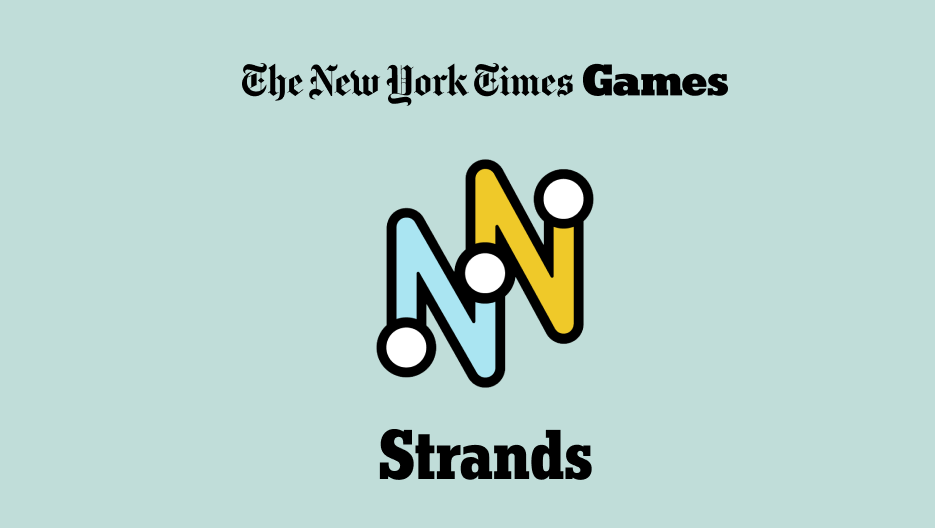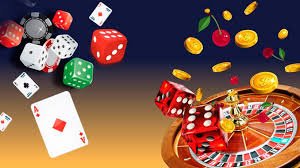Introduction
As a game developer, I’m always drawn to designs that balance simplicity with depth—and Strands NYT nails that sweet spot. It’s a game that looks modest on the surface but unfolds with layers of clever mechanics, smart pacing, and just the right amount of challenge. If you love word puzzles that reward intuition and pattern recognition, Nytimes Strands deserves a spot in your daily rotation.
From a developer’s lens, it’s clear that this isn’t your average word search. There’s intentionality in how the puzzle reveals itself—gradually, like a riddle you feel your way through. That slow unraveling? That’s good game design.
In this guide, I’ll walk you through what Strands NYT is, how to play it, and why it’s becoming a staple for puzzle lovers. I’ll also share strategies and design insights that help explain what makes this game tick—and how you can master it.
What is Strands NYT
Strands NYT is a daily word search puzzle released by The New York Times, and it’s one of their most thoughtfully crafted offerings yet. It draws from classic word search roots but reimagines the format with a fresh, thematic twist.
Each day, players face a 6×8 grid of letters, along with a subtle clue at the top—this is your entry point. The goal? Find all the hidden words related to that theme. And here’s where the design gets fun: the words can snake around the board in any direction, bending rules you thought you knew.
There’s also a keystone mechanic: the Spangram. It’s a longer, thematic word that stretches from one side of the board to the other. In my opinion, that mechanic alone gives the game narrative tension. It’s the puzzle’s core reveal—the satisfying “aha!” moment developers dream of building into their systems.
How To Play Strands NYT Game
One thing I appreciate as a developer is how accessible Nytimes Strands is to new players. There’s no tutorial—because the design teaches through interaction. Still, here’s a quick breakdown to get you going:
- Launch the puzzle. You’ll see a grid of letters and a short thematic clue.
- Search for theme-related words. Drag your cursor or finger through connected letters to highlight a guess. The game tells you instantly if it’s correct.
- Build momentum. Each correct word locks in. Three non-theme words? That unlocks a helpful hint—another smart piece of game balance.
- Find the Spangram. It’s always a longer word or phrase related to the theme, and it connects two opposite sides of the board. For puzzle design, this adds a sense of geography and tension—your eyes are trained to look for diagonals, crossings, anchors.
- Complete the puzzle. Once you’ve found all the theme words and the Spangram, the game wraps with a satisfying “complete” moment—clean UX and a sense of earned progress.
It’s approachable but layered—exactly what a well-crafted daily game should be.
Why You Should Try Strands NYT Game
From the perspective of someone who builds games for a living, I can say Strands NYT has that rare combination of design elegance and cognitive satisfaction. Here’s why I think it’s worth your time:
- It’s rewarding, not punishing. There’s no timer, no penalty for wrong guesses. That’s player-first design—it fosters exploration without fear.
- It introduces complexity gradually. Like a well-paced level in a platformer, each puzzle ramps up with just enough friction to keep you hooked.
- Themes are abstract and playful. Some clues are straightforward. Others are puns or cultural nods. That unpredictability creates a nice blend of logic and lateral thinking.
- It promotes a ritual. The daily format, combined with the puzzle’s clean finish, makes it habit-forming in the best way—something I always strive for in my own games.
- It respects your time. You can solve a puzzle in under ten minutes. But those ten minutes are packed with mental flexing and genuine “aha!” moments.
Strands NYT proves that a small game, done well, can be more satisfying than sprawling apps loaded with features you don’t need.
Strategies To Win Every Game Of Strands NYT
When I playtest or build puzzle games, I’m constantly evaluating friction points—where players get stuck, and how to keep momentum flowing. With that in mind, here are some winning strategies for Strands:
- Don’t underestimate the clue. It’s often metaphorical or symbolic. Ask yourself: “What categories could this theme cover?”
- Use trial words early. Throw a few guesses out. Even if they’re wrong, they help you “feel” the board and orient your search.
- Unlock hints quickly. Three off-theme words = one revealed word. That’s a feature I’d call an elegant soft reset—use it when your momentum stalls.
- Scan for visual anchors. Long words or repeating patterns might hint at the Spangram. Its location can guide the rest of the solve.
- Take short breaks. Sometimes walking away for 30 seconds resets your perspective. I use this technique constantly when tuning level designs.
Strands rewards a curious, experimental mindset. In that sense, it’s less about brute force and more about playful exploration—exactly the tone I love in game design.
Interesting Facts About Strands NYT Game
Here are a few tidbits that, from a developer’s standpoint, make this game even more interesting:
- It’s in open beta. That means the mechanics, difficulty, or visual styling could evolve—NYT is still fine-tuning based on real player behavior.
- It builds on Wordle’s momentum. Strands takes the daily drop model from Wordle and adds depth, making it more strategic and spatial.
- Spangram = Signature mechanic. Including one anchor word that spans the grid is brilliant—it adds narrative and spatial logic, giving players a big target to work toward.
- No penalty mechanics. As a developer, I respect this restraint. It encourages players to experiment, which often leads to more fun.
- It fits modern habits. Strands is mobile-friendly, visually calming, and fast to play. That’s intentional design for the digital attention span.
This isn’t a game that screams for attention—it quietly earns your respect, one clever puzzle at a time.
FAQs – Strands NYT
Q: Do I need a New York Times subscription to play?
A: Not right now. While Strands is in beta, it’s free for all users. That may change, but currently you can dive in without a paywall.
Q: Can I revisit past puzzles?
A: As of now, no. The game follows a “one-and-done” daily model, like Wordle. This creates a feeling of freshness—but I hope future updates include a puzzle archive.
Q: Is it available on mobile?
A: Yep. You can play it through your browser on phones or tablets. It’s not an app yet, but the responsive design works well on all devices.
Q: What happens if I guess wrong?
A: Nothing! The game simply doesn’t accept the word. No punishment—just try again.
Q: Can I share my results?
A: Currently there’s no built-in sharing grid like Wordle. But many players talk about it online. As a developer, I’d say there’s room for more social engagement in future builds.
Conclusion
As both a game developer and a daily puzzle player, I think Strands NYT is one of the most quietly brilliant word games out there. It doesn’t overwhelm with features. It doesn’t demand your time. But it earns your attention through clever design, thoughtful pacing, and a satisfying sense of progression.
Whether you’re into wordplay, logic puzzles, or just looking for a better way to spend your coffee break, Strands has something for you. And if you’re like me, once you find your first Spangram, you’ll be coming back daily, not out of habit—but out of joy. Give it a try. Your brain will thank you.














Leave a Reply